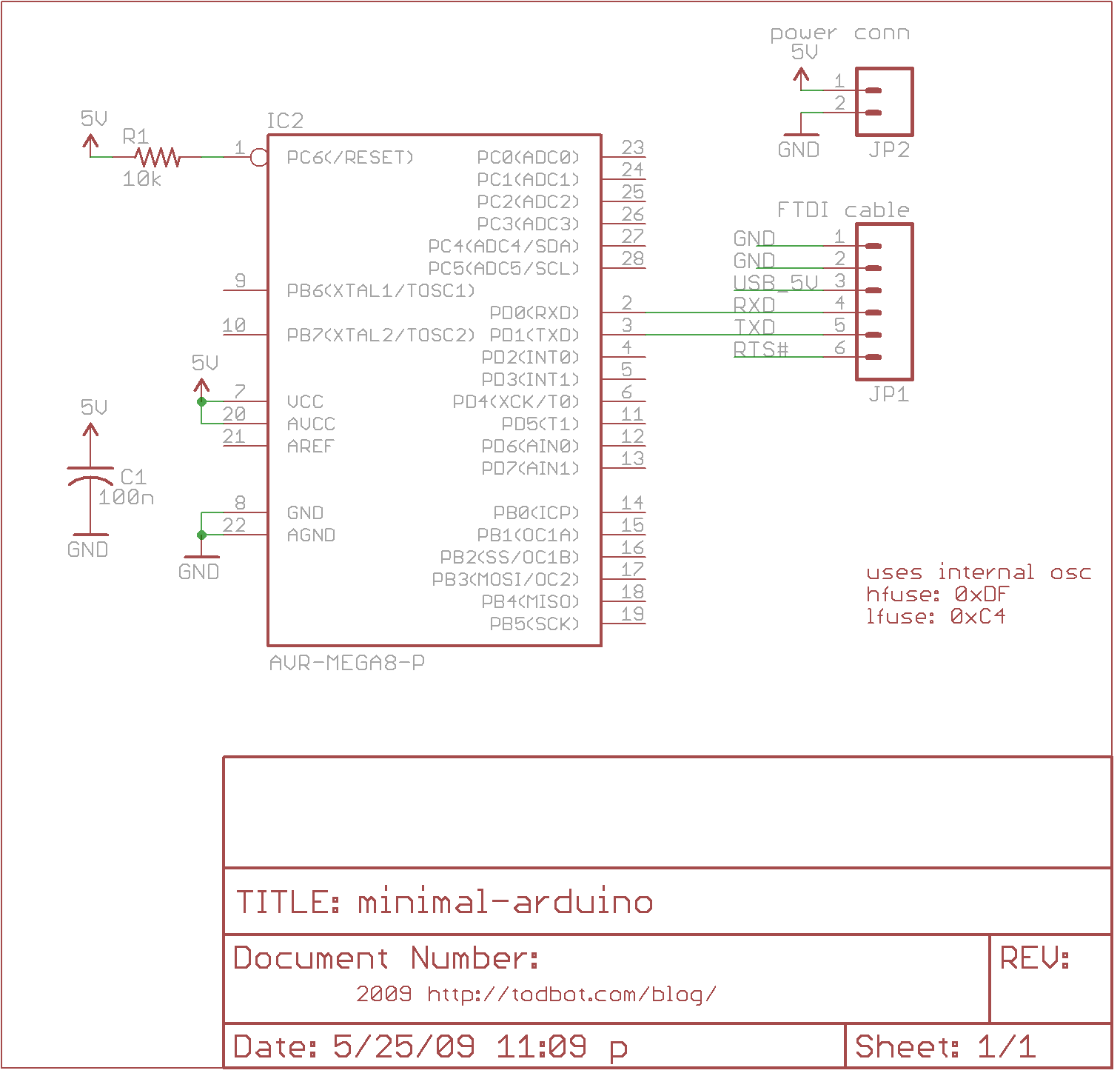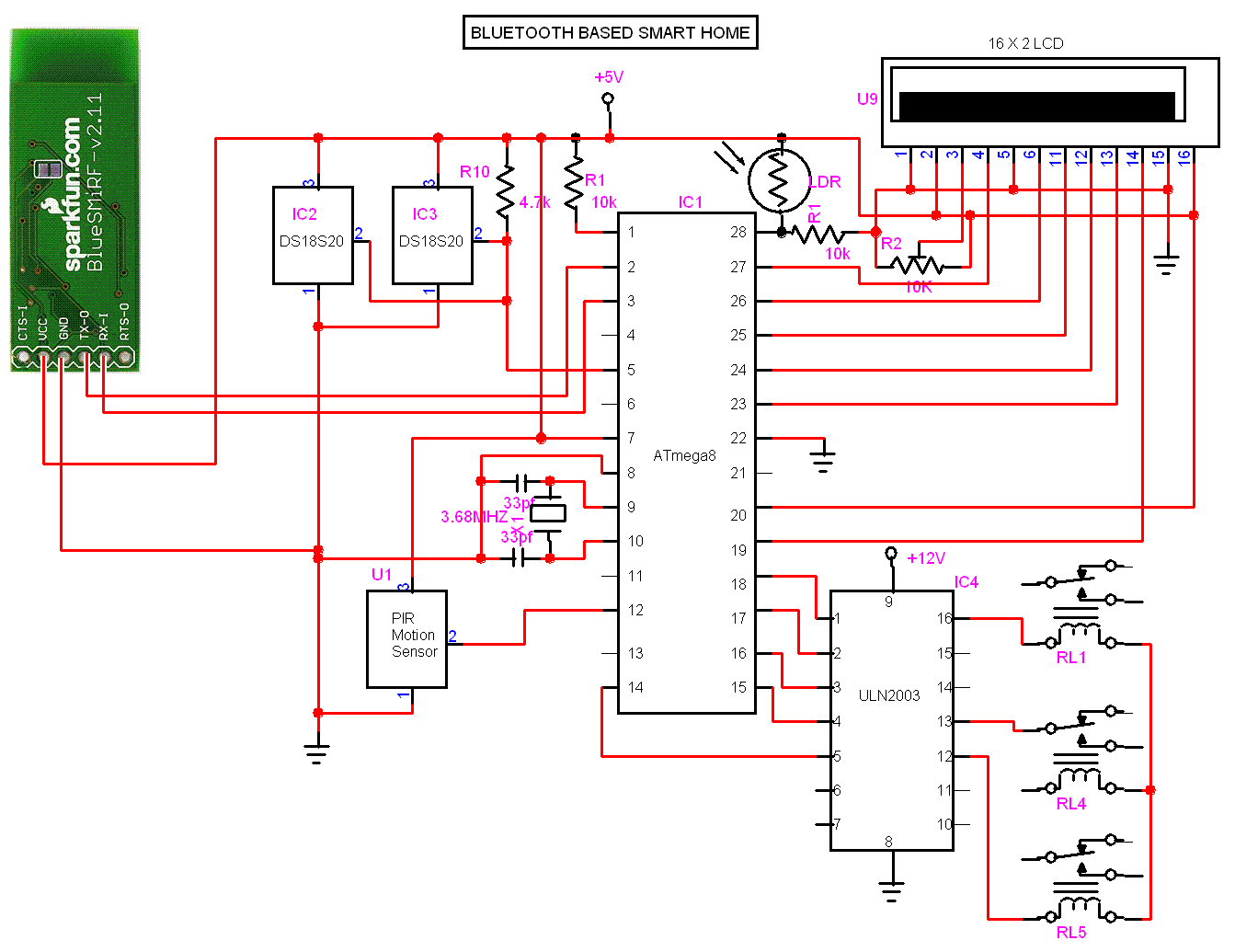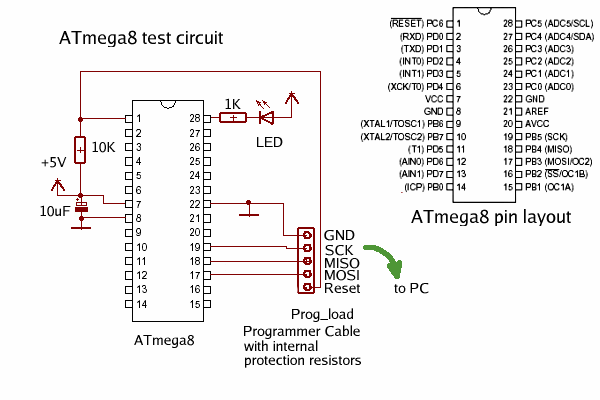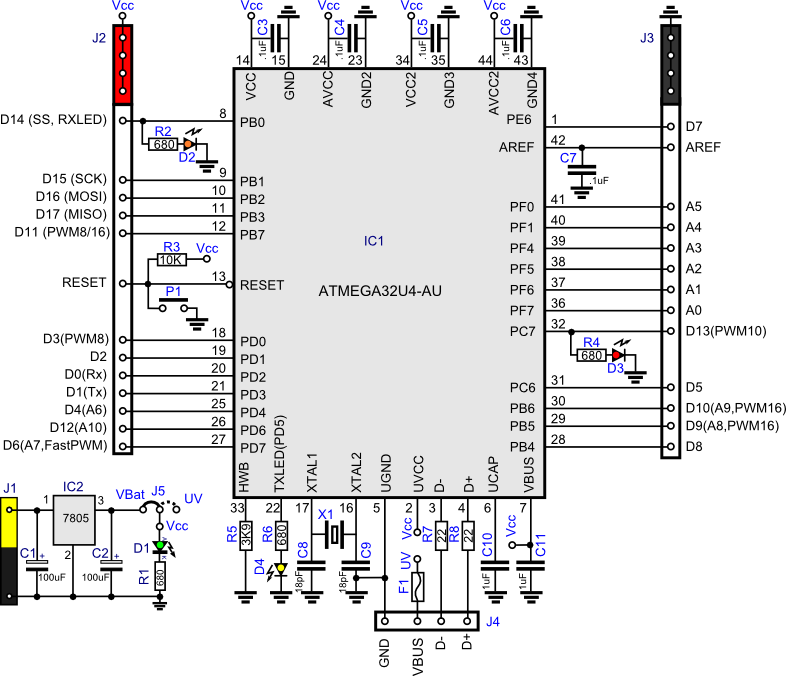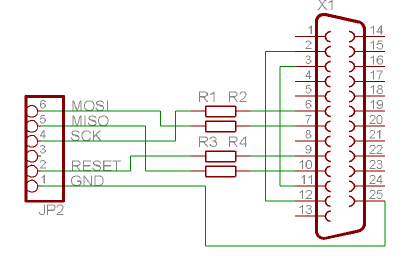
atmega 32a programming
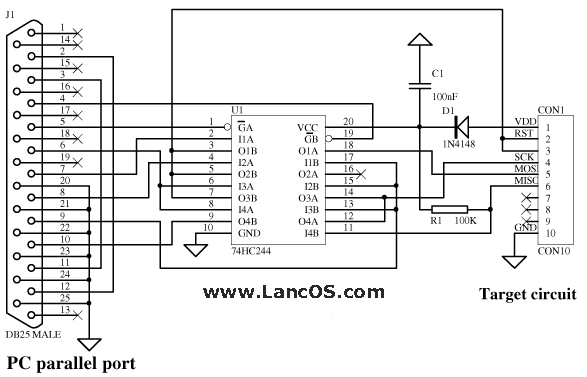
A cellphone-operated robot is being developed, and there are challenges with programming the Atmega32A microcontroller. The recommended software for this task is AVR Studio 4. Within the Tools menu, the option "Program the AVR" can be selected, allowing the user to choose the appropriate programmer and set up the microcontroller for programming. The firmware loading process is free. The ATMEGA8L chip is available for under Rs100, and the required components, including a USB socket, PCB, and crystal, should not exceed a total cost of approximately Rs100. A PCB is necessary for the project, with an estimated landing cost of around 25 Euros, which translates to about Rs1750 based on the current exchange rate (Rs25 * 70). If a budget of Rs250 is available, a decent USB-based programmer can be assembled at home. This task is viewed as a one-time effort, and utilizing resources at a college or university for programming is recommended as a practical solution.
A cellphone-operated robot utilizing the Atmega32A microcontroller represents an innovative project that combines mobile technology with robotics. The Atmega32A, a versatile 8-bit microcontroller from the Atmel AVR family, is suitable for various applications due to its rich set of features, including a 32KB flash memory, 2KB SRAM, and multiple I/O ports. Programming this microcontroller can be efficiently accomplished using AVR Studio 4, a development environment that supports C and assembly language programming.
To initiate programming, users should navigate to the Tools menu within AVR Studio 4 and select "Program the AVR." This feature allows users to configure their specific programmer, which is essential for loading the firmware onto the microcontroller. The firmware itself can be obtained free of charge, simplifying the development process.
The ATMEGA8L chip serves as a viable alternative, offering similar functionalities at a lower cost. The estimated expenses for the project include the ATMEGA8L chip, which is priced below Rs100, along with additional components such as a USB socket, a printed circuit board (PCB), and a crystal oscillator. While the total cost of these components may not exceed Rs100, the PCB is a critical component that requires fabrication. The projected landing cost for the PCB is approximately 25 Euros, equating to around Rs1750, based on current currency exchange rates.
For those on a tighter budget, constructing a USB-based programmer at home is a feasible option, with an estimated cost of Rs250. This programmer will facilitate the one-time firmware loading process, after which the user may not require it again. Therefore, utilizing the programming facilities available at educational institutions may be the most efficient approach, allowing users to complete the programming task without incurring additional costs. This project exemplifies the integration of low-cost components and educational resources to achieve innovative technological solutions.A cellphone operated robot and i`m stuck with Atmega32A microcontroller programming. As software you can use then AVR STUDIO 4. Unter the Tools you can find the Menu "Programm theAVR" Chose there your used Programmer and you can setup and Programm your controller. the loading firmware is free. the chip ATMEGA8L is sold below 100/- usb socket and pcb and few components including crystal should not
cost you more than say Rs100. Yes, you have to make a PCB of course. Its landing cost works to around 25 Euros and as per our currency it should amount IN Rs25*70=Rs1750/- but if he can spend Rs250, he can make a decent USB based Programmer sitting at home. the whole issue, as I understand, it is of one time job for him to lad after which he might never need it.
Perhaps the best for him is too use a facility at his college or University. get it done and forget. 🔗 External reference
A cellphone-operated robot utilizing the Atmega32A microcontroller represents an innovative project that combines mobile technology with robotics. The Atmega32A, a versatile 8-bit microcontroller from the Atmel AVR family, is suitable for various applications due to its rich set of features, including a 32KB flash memory, 2KB SRAM, and multiple I/O ports. Programming this microcontroller can be efficiently accomplished using AVR Studio 4, a development environment that supports C and assembly language programming.
To initiate programming, users should navigate to the Tools menu within AVR Studio 4 and select "Program the AVR." This feature allows users to configure their specific programmer, which is essential for loading the firmware onto the microcontroller. The firmware itself can be obtained free of charge, simplifying the development process.
The ATMEGA8L chip serves as a viable alternative, offering similar functionalities at a lower cost. The estimated expenses for the project include the ATMEGA8L chip, which is priced below Rs100, along with additional components such as a USB socket, a printed circuit board (PCB), and a crystal oscillator. While the total cost of these components may not exceed Rs100, the PCB is a critical component that requires fabrication. The projected landing cost for the PCB is approximately 25 Euros, equating to around Rs1750, based on current currency exchange rates.
For those on a tighter budget, constructing a USB-based programmer at home is a feasible option, with an estimated cost of Rs250. This programmer will facilitate the one-time firmware loading process, after which the user may not require it again. Therefore, utilizing the programming facilities available at educational institutions may be the most efficient approach, allowing users to complete the programming task without incurring additional costs. This project exemplifies the integration of low-cost components and educational resources to achieve innovative technological solutions.A cellphone operated robot and i`m stuck with Atmega32A microcontroller programming. As software you can use then AVR STUDIO 4. Unter the Tools you can find the Menu "Programm theAVR" Chose there your used Programmer and you can setup and Programm your controller. the loading firmware is free. the chip ATMEGA8L is sold below 100/- usb socket and pcb and few components including crystal should not
cost you more than say Rs100. Yes, you have to make a PCB of course. Its landing cost works to around 25 Euros and as per our currency it should amount IN Rs25*70=Rs1750/- but if he can spend Rs250, he can make a decent USB based Programmer sitting at home. the whole issue, as I understand, it is of one time job for him to lad after which he might never need it.
Perhaps the best for him is too use a facility at his college or University. get it done and forget. 🔗 External reference
